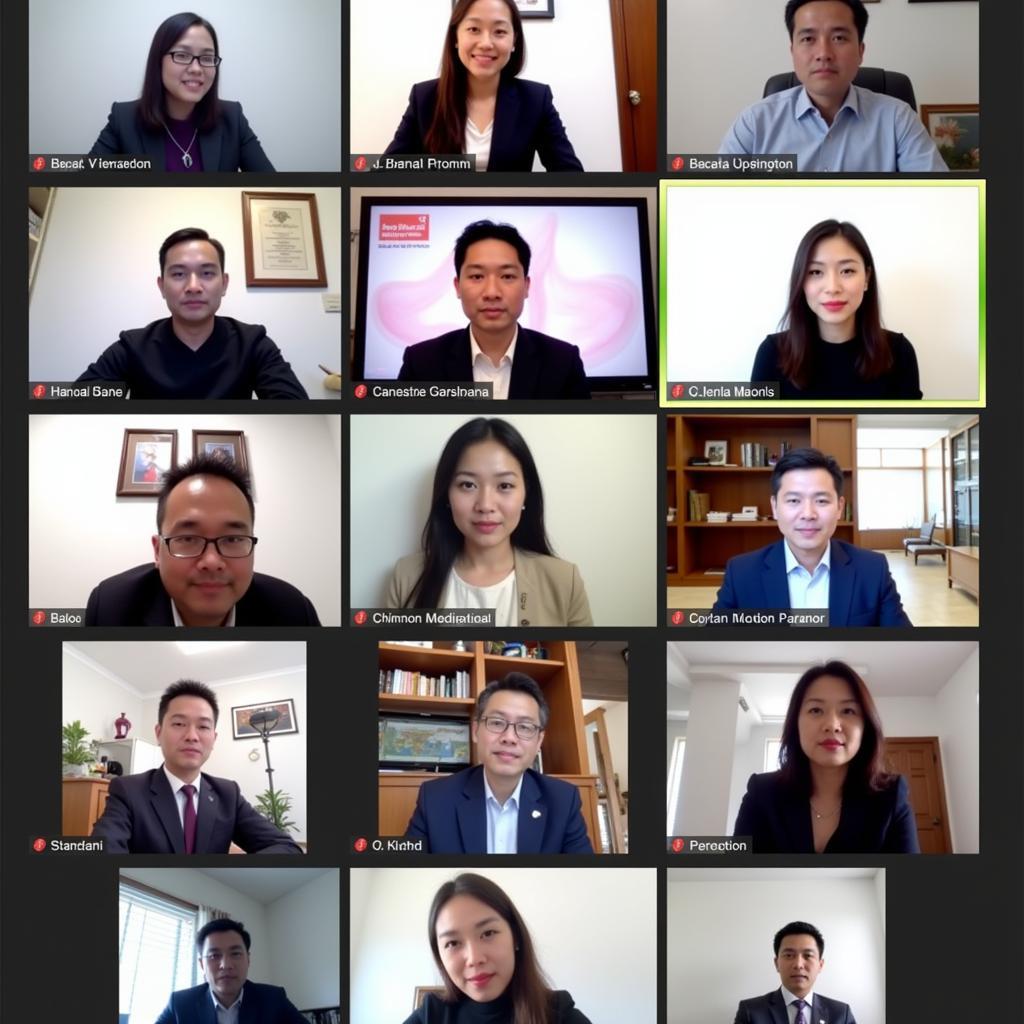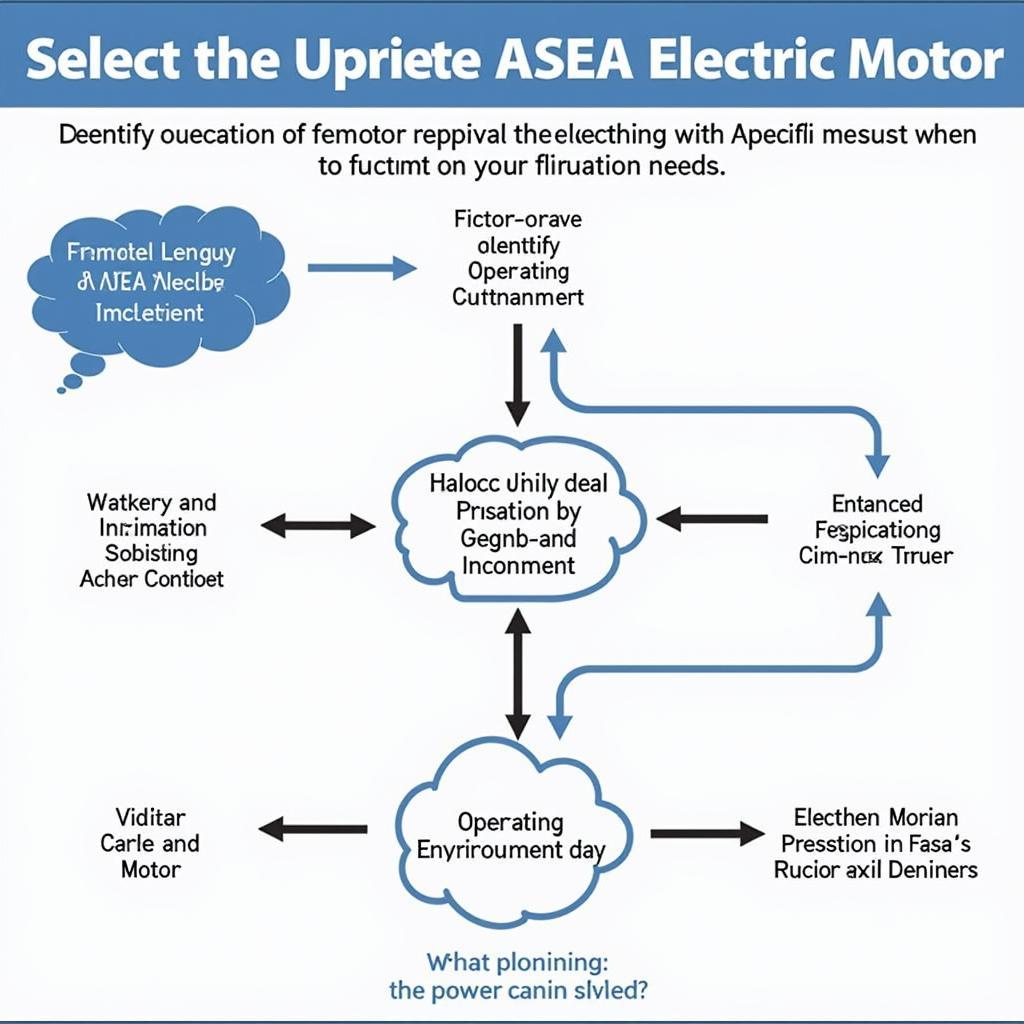The Asean Background is crucial for anyone seeking to understand the dynamics of Southeast Asia. This multifaceted backdrop encompasses a complex interplay of history, culture, economics, and politics, shaping the region’s present and future trajectory.  ASEAN Founding Fathers
ASEAN Founding Fathers
A Deep Dive into ASEAN’s Historical Context
ASEAN, the Association of Southeast Asian Nations, wasn’t built overnight. Its roots lie in the post-colonial era, a time of great change and uncertainty. Understanding this period is key to grasping the motivations behind ASEAN’s formation. The desire for regional stability, amidst the Cold War tensions and the looming threat of communism, played a significant role. The five founding nations – Indonesia, Malaysia, the Philippines, Singapore, and Thailand – recognized the need for collective strength and cooperation.
Several earlier attempts at regional cooperation, such as the Association of Southeast Asia (ASA) and MAPHILINDO, paved the way for ASEAN. These initiatives, though short-lived, demonstrated the growing recognition of shared interests and the potential benefits of collaborative efforts.
 ASEAN Economic Growth Chart
ASEAN Economic Growth Chart
Key Milestones in ASEAN’s Journey
From its inception in 1967 with the Bangkok Declaration, ASEAN has steadily evolved. The expansion of its membership to include all ten Southeast Asian nations marked a major step towards greater regional inclusivity. The establishment of the ASEAN Charter in 2007 further solidified the organization’s legal framework and institutionalized its operations. These developments signify ASEAN’s commitment to deeper integration and its ambition to play a more prominent role on the world stage. You can explore the historical background further on our dedicated page about asean background history.
ASEAN’s Cultural Tapestry: A Blend of Diversity
ASEAN’s cultural landscape is as diverse as its geographical terrain. From the ancient temples of Angkor Wat to the bustling streets of Singapore, the region is a melting pot of traditions, languages, and religions. This rich cultural heritage is not only a source of pride but also a driving force behind ASEAN’s identity and its appeal to the world. Understanding this cultural context is essential for navigating the nuances of the region and appreciating the complexities of its social fabric.
Navigating Cultural Nuances within ASEAN
While diversity is a strength, it also presents challenges. ASEAN members must navigate cultural sensitivities and find common ground to achieve their shared goals. Respect for cultural differences is paramount, and understanding these nuances is crucial for fostering effective communication and cooperation within the region.
The Economic Landscape: A Region on the Rise
ASEAN’s economic landscape has transformed dramatically over the decades. From a predominantly agricultural region, it has emerged as a dynamic economic powerhouse, attracting significant foreign investment and driving innovation. The establishment of the ASEAN Economic Community (AEC) has further accelerated this growth by promoting greater economic integration and facilitating the free flow of goods, services, and investments within the region. Discover more about ASEAN’s economic development at asean background and development. For presentations, check out our resources on asean background ppt and ase background checks. More presentation backgrounds can be found at asean background for ppt.
Conclusion
Understanding the ASEAN background – its history, culture, and economic dynamics – is essential for anyone seeking to engage with this vibrant region. ASEAN’s journey, marked by both challenges and triumphs, provides valuable insights into the complexities of regional cooperation and the potential for collective growth.
FAQ
- What is the primary goal of ASEAN?
- How many member states are there in ASEAN?
- When was ASEAN established?
- What is the ASEAN Economic Community (AEC)?
- What are some of the major challenges facing ASEAN?
- How does ASEAN promote cultural exchange among its members?
- What is the significance of the ASEAN Charter?
Need support? Contact us 24/7: Phone: 0369020373, Email: [email protected], or visit us at: Thôn Ngọc Liễn, Hiệp Hòa, Bắc Giang, Vietnam.

